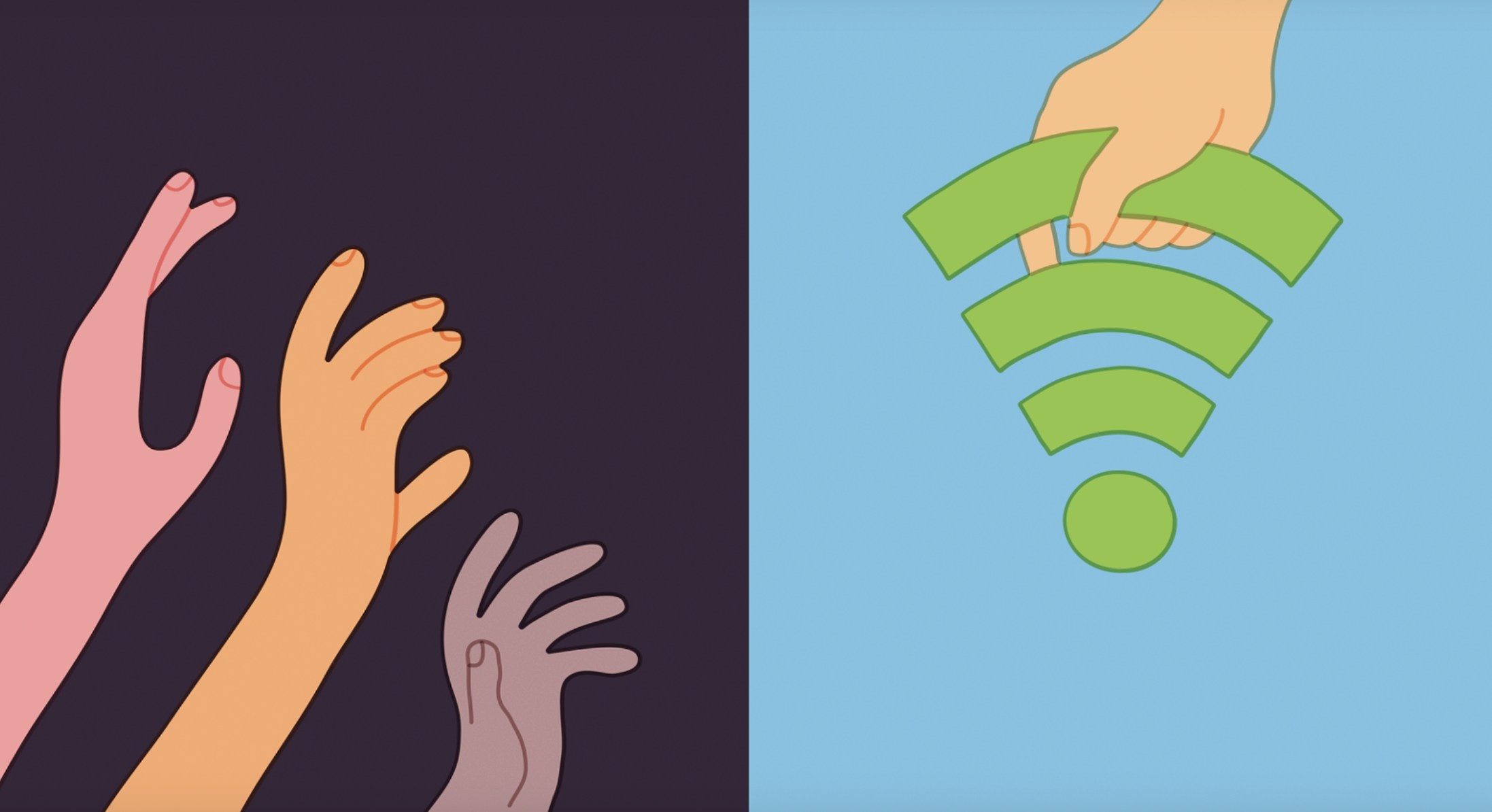Hello all 🙂
The more I read these articles, the more I realized how serious the digital divide really is. This is something that has always frustrated me, and these articles gave me more insight into the issue and what social workers can do about it. It’s not just about who has Wi-Fi or the latest phone. It’s about access to opportunity, health, and connection. Sieck and her team call digital inclusion a “super social determinant of health,” which makes perfect sense to me. Their framework showed how technology connects to everything like education, income, and even mental health. I like that it focused on equity, not just technology. Without digital access, people are left out of systems that shape their entire well-being. Sanders and Scanlon’s article hit me too because they named the divide for what it is, a social justice issue. They showed how low-income families, older adults, and rural communities get left behind in ways that reinforce inequality. Their arguments were real and persuasive. The strategies that stood out most were things like expanding public Wi-Fi and digital literacy programs, which actually feel doable. Expecting every small agency to build its own tech initiative though, felt less realistic. Craig and her team tied it all together by showing how digital tools can work when used with care. Their work with LGBTQ+ youth through telehealth showed how access can become empowerment. It made me think about how inclusion isn’t just about who can log on, but how technology is used to create safety and belonging.
All three articles made me see that digital access is more than a privilege, it’s a right. We shouldn’t be living in a world where people are struggling to survive due to lack of access to technology, which has now become a basic need (unacceptable). The digital divide isn’t just a technology problem, it’s an equity problem. And as future social workers, we have to treat it that way.

I had the same reaction while reading. The digital divide runs so much deeper than I realized. Like you mentioned, Sieck et al.’s idea of digital inclusion being a “super social determinant of health” really hit home. It made me think about how many people are left behind because basic access to technology is treated like a privilege instead of a need.
I also agreed with your point about Sanders and Scanlon. I liked how they named the divide for what it is, a social justice issue, and how they offered realistic strategies like expanding public Wi-Fi and digital literacy programs. Expecting every small agency to build its own tech system just isn’t practical, and I appreciated that you called that out.
Craig et al.’s work with LGBTQ+ youth really tied everything together for me too. It showed how technology can create connection and safety when it’s used intentionally. You summed it up perfectly, digital access isn’t a luxury, it’s a right.
Hi! I enjoyed reading your thoughts. Your post does a great job at showing how all articles build on one another to highlight both the challenges and the solutions. I completely agree with your point that digital access is more of a right than a privilege. This definitely puts things into perspective, especially for social workers. It’s upsetting to think something as basic as internet access can determine whether someone can get help, go to school, or connect with others. However, it is an unfortunate reality for many.
Hey Nia! Great post!
I can definitely understand the frustration you have with this topic. it saddens me because this shows how much communities do not have access to the internet, which could be used as a gateway for resources that they may need. It also saddens me that approaches to resolving this issue, by introducing everyone to the digital age, seem like a pipe dream. As I mentioned in my post, introducing everyone to he digital age would include populations such as the elderly who may not be inclined to accept this change because of the learning curve it presents. as well as their failure to see the importance of digital access